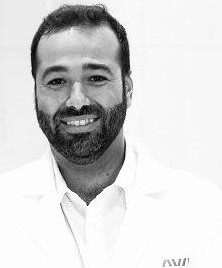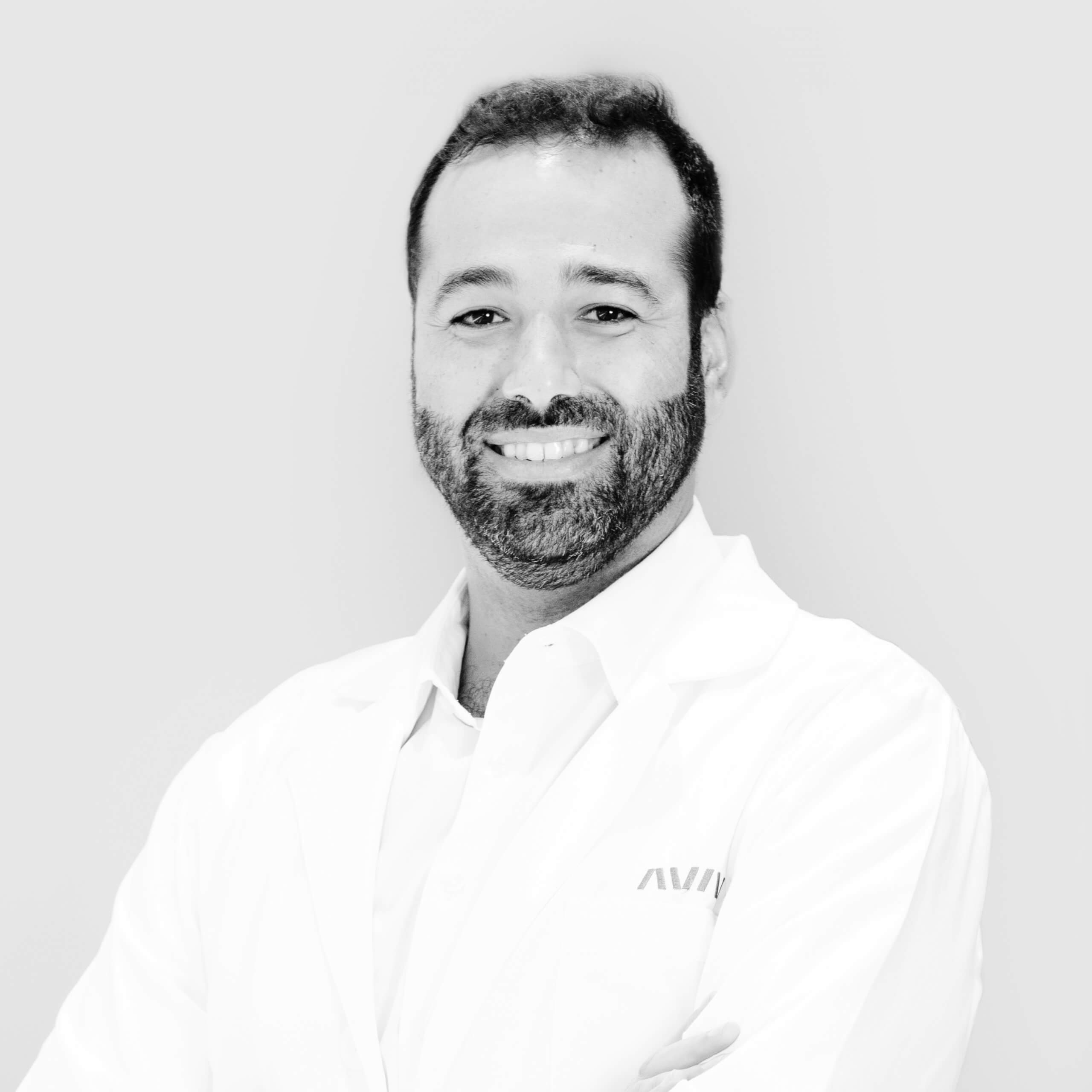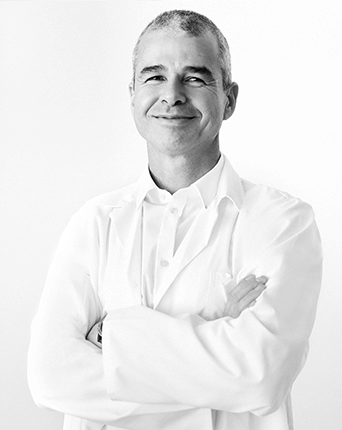
Your Guide for Understanding Stroke, Prevention, and Advanced Recovery Options
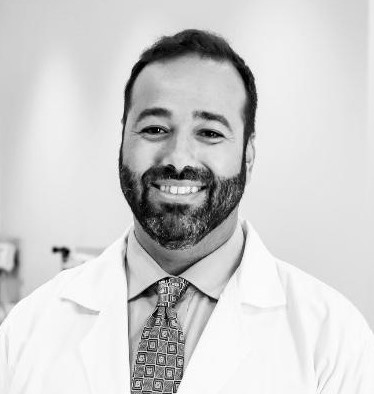

Stroke is a life-altering event that impacts millions of people every year. As a leading cause of death and long-term disability, stroke is an essential condition to understand, from its types and symptoms to treatment options and recovery.
Recent scientific advancements offer hope to those affected by stroke, with research revealing new avenues for stroke prevention, treatment, and recovery.
This comprehensive guide explains the key aspects of stroke and the role of stroke rehabilitation centers for survivors, their loved ones, or anyone aiming to reduce their risk. From early warning signs to cutting-edge therapies, this resource covers the full spectrum of stroke management and care.
Types and Symptoms of Stroke
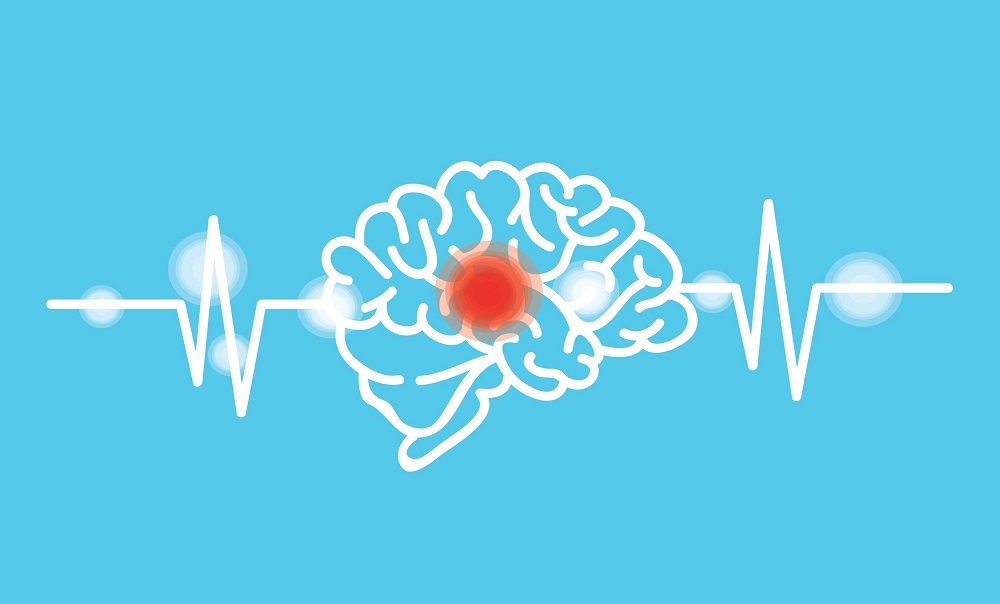
Stroke is a form of brain damage caused by a disruption to the brain’s blood supply. There are two main types, each with distinct causes and effects on the brain and body:
- Ischemic stroke, caused by blocked blood flow to the brain
- Hemorrhagic stroke, caused by bleeding in the brain
A third category, known as a transient ischemic attack (TIA) or “mini-stroke,” involves a temporary blockage that resolves on its own. TIAs serve as warning signs for more severe strokes in the future.
Ischemic vs. Hemorrhagic Stroke
Ischemic strokes account for about 87% of all strokes. These happen when a blood clot blocks the blood supply to the brain, and they can be further categorized depending on the origin of the blockage: Thrombotic strokes are caused by clots that form in arteries supplying blood to the brain, while embolic strokes are caused by clots that form elsewhere in the body and travel to the brain.
Hemorrhagic strokes make up the remaining 13%, occurring when a blood vessel ruptures in the brain. Bleeding into or around the brain tissue triggers a stroke.
Stroke Symptoms
The symptoms of stroke can vary depending on the type of stroke and where in the brain it happens, but a few common symptoms include:
- Numbness or weakness on one side of the body
- Trouble with balance and coordination
- Difficulty speaking or understanding speech
- Severe headache
Women may experience additional symptoms that are often overlooked, including:
- Hiccups and nausea
- Chest pain and shortness of breath
- Unusual fatigue
- Racing heartbeat
- Generalized weakness and cognitive dysfunction
Unlike other conditions that can cause similar issues, these symptoms develop suddenly when you have a stroke. Keep in mind that because “the types of symptoms that some women experience are nonspecific,” they often take “three times longer than men in seeking care.”
Read: Ischemic vs. Hemorrhagic Strokes: A Closer Look at the Different Types & Symptoms
Silent Strokes: The Hidden Threat
Silent strokes occur without any obvious symptoms. These events, also called silent cerebral infarctions (SCIs), are more common than many realize. Though they occur without any significant outward signs, they can still cause brain damage and increase the risk of future strokes or cognitive decline.
Symptoms of a silent stroke may be difficult to detect, but can include:
- Short-term memory loss
- Mood changes
- Subtle balance and motor control issues
- A decline in cognitive function
- Unexplained fatigue
In contrast, a TIA or “mini-stroke” causes the same sudden symptoms as a regular stroke, but they typically resolve within 24 hours — though they should still be taken seriously as warning signs.
Noticing these often-overlooked signs is key to early detection and prevention of severe strokes. Learning how to identify the subtle signs of a silent stroke can help you take steps to prevent more significant problems.
Read: Are You or a Loved One Suffering from Symptoms of a Silent Stroke?
The Stroke Recovery Journey

Stroke recovery is a complex process. It typically progresses through five distinct stages, from immediate medical intervention to stabilizing the patient to long-term rehabilitation. Understanding these stages can help set realistic expectations and goals.
- Acute stage (0–72 hours), involving urgent care
- Subacute stage (first 3 months), focusing on rehabilitation and preventing complications
- Early recovery stage (3–6 months), continuing rehabilitation efforts
- Late recovery stage (6–12 months), completing or adjusting rehabilitation programs as needed
- Ongoing recovery stage (beyond 12 months), involving any necessary ongoing care
Explore the stages of stroke recovery and the supportive therapies available.
Along the recovery journey, various supportive therapies play a role in rehabilitation:
- Physical therapy helps regain motor skills, strength, and coordination.
- Occupational therapy focuses on relearning daily living skills.
- Speech therapy addresses communication and swallowing challenges.
- Cognitive rehabilitation rebuilds memory, attention, and problem-solving skills.
These therapies work together to help survivors adapt to new challenges and improve their quality of life. They’re often integral to regaining lost functions and restoring independence.
Read: The 5 Stages of Stroke Recovery
The Role of Advanced Imaging in Stroke Care
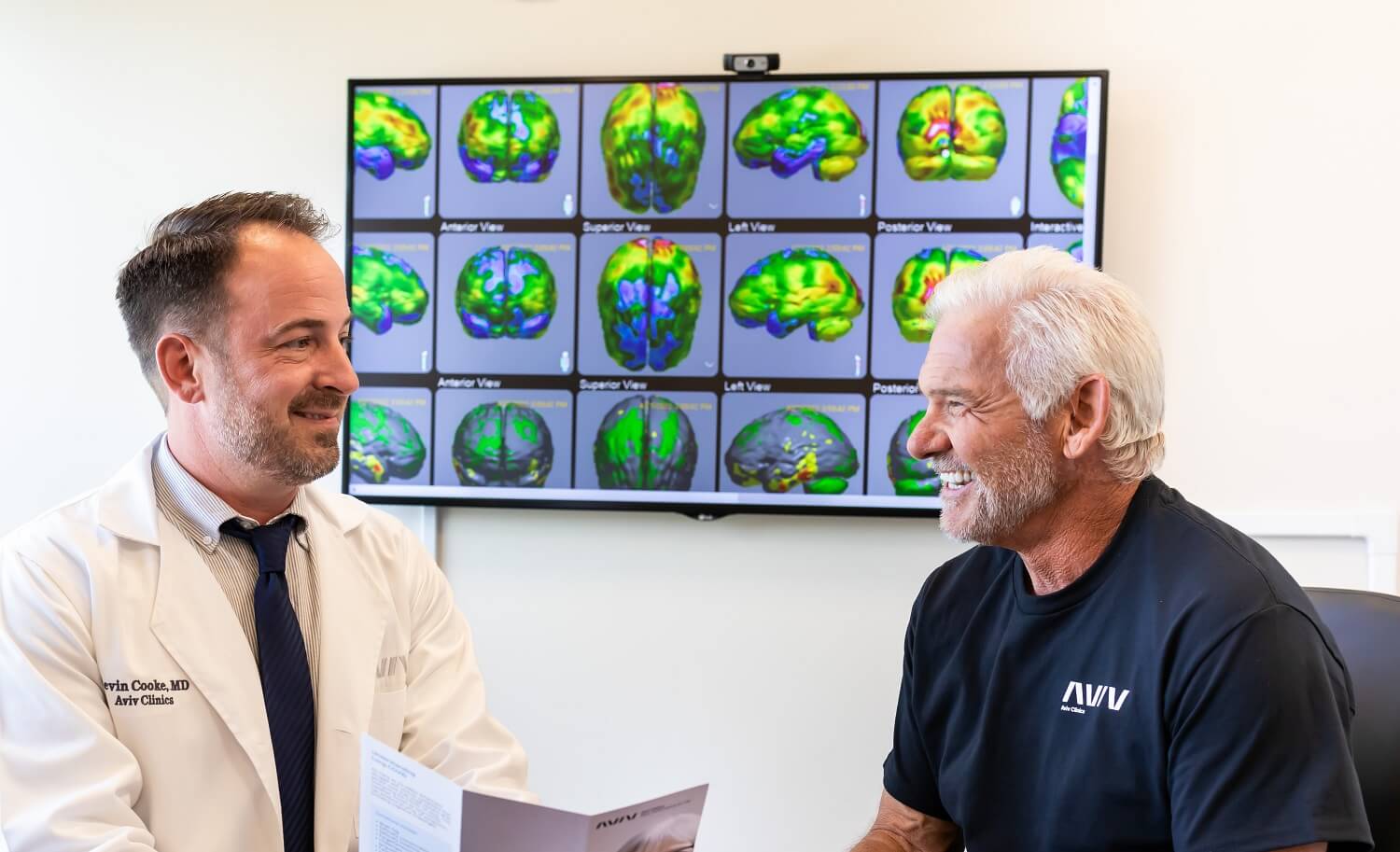
In the world of stroke rehabilitation, advanced imaging technologies often serve as the eyes of the medical team. This technology provides critical insights that guide diagnosis, treatment, and recovery monitoring. It’s a noninvasive way to look at the intricate workings of the brain in the wake of potential damage.
Skilled radiographers conduct scans that identify the type of stroke, reveal brain activity patterns, and even help predict recovery potential. Their expertise in this integral part of stroke recovery helps guide treatment decisions.
For survivors, brain imaging creates a critical map for the road ahead.
Read: Mapping the Road to Stroke Recovery: The Role of Radiography in Comprehensive Care
Comprehensive Approaches to Stroke Treatment
Effective stroke rehabilitation doesn’t center on a single treatment. Instead, it involves a holistic approach that addresses both physical and cognitive aspects of recovery. For hemorrhagic strokes in particular, a comprehensive treatment plan may include:
- Advanced medical interventions to control bleeding and reduce pressure in the brain
- Rehabilitation strategies tailored to the specific areas of the brain affected
- Nutritional support to promote healing and overall health
- Psychological counseling to address emotional and mental health challenges
- Lifestyle modifications to reduce risk factors for future strokes
This whole brain and body approach aims to boost recovery outcomes. It’s built on the understanding that every stroke is different, allowing for tailored treatment strategies that cater to each individual’s distinct journey.
Read: A Whole Brain and Body Approach to Hemorrhagic Stroke Treatment
Hyperbaric Oxygen Therapy for Stroke Recovery
The benefits of hyperbaric oxygen therapy (HBOT) offer hope for long-term stroke recovery. This innovative therapy involves breathing pure oxygen in a pressurized environment, which can significantly increase oxygen levels in the bloodstream, enhancing oxygen delivery to damaged brain tissues.
The advanced, evidence-based HBOT protocol available as part of the Aviv Medical Program takes this a step further by fluctuating the oxygen levels delivered, which stimulates the body’s self-regenerative mechanisms and aids in tissue repair.
What the Research Says
Research shows that because it can reduce inflammation, stimulate blood vessel growth, and promote cellular health, this specialized HBOT technique can lead to improvements in various aspects of stroke recovery. Notably, it can assist in regaining speech and language skills, improving motor function, and enhancing cognitive function.
These improvements have been observed even years after the initial stroke event, offering hope for those who have seen their recovery progress plateau.
Read: Hyperbaric Oxygen Therapy (HBOT) and Stroke
The Latest Science Behind HBOT for Stroke Recovery
Recent research further reveals HBOT’s potential in stroke recovery. It suggests that HBOT can help “wake up” dormant brain cells located in damaged areas – tissue known as the penumbra. This can lead to benefits like:
- Improved motor function and quality of life
- Enhanced memory and cognitive abilities
- Increased neuroplasticity — the brain’s ability to form new neural connections
- Enhanced blood flow in areas of the brain affected by stroke
- Reduction in the extent of brain damage
Research demonstrates that HBOT, when administered using a unique protocol, activates the body’s powerful natural healing mechanisms. To give the brain time to undergo initial inherent recovery, patients should initiate HBOT no sooner than three months after their stroke, and after careful evaluation by trained providers. This allows time for completing initial therapy at a specialized stroke rehabilitation center — which is most effective in the first three months after experiencing a stroke.
Dive into the research supporting HBOT for regaining vital functions on the stroke recovery journey.
Read: 3 Critical Takeaways: The Research behind Hyperbaric Oxygen Therapy (HBOT) for Stroke Patients
Preventing Second Strokes and Enhancing Recovery
For stroke survivors, the risk of a second event looms large. Nearly 1 in 4 strokes occur in people who have previously had a stroke. Prevention strategies are the only way to truly reduce the risk of recurrent events.
This means managing risk factors, which include:
- High blood pressure
- Diabetes
- High cholesterol
- Stress
Combined with proper medical care and maintaining a healthy lifestyle, prevention strategies work twofold to mitigate the risk of additional strokes and improve long-term outcomes.
The Role of Brain Exercises
Specific brain exercises could play a major role in cognitive recovery after a stroke. Exercises like memory games, puzzles, problem-solving tasks, and visual perceptual practice can stimulate different brain regions and promote neuroplasticity.
The effectiveness of these exercises varies from person to person. However, exploring the potential of targeted brain activities can aid in creating a personalized stroke recovery plan.
Read: How to Prevent a Second Stroke & Other FAQs
A New Era in Stroke Care
The field of stroke care is evolving at unprecedented speed. With new treatments and stroke rehabilitation strategies offering hope for better outcomes, stroke survivors and their loved ones can look to the future with renewed optimism.
Stroke doesn’t need to define your future. With groundbreaking treatments, Aviv Clinics aims to stand at the forefront of transformative stroke recovery. At our cutting-edge medical center, stroke rehabilitation sets a new standard in healing.
Stroke survivors deserve a chance to reclaim their lives. Learn more about how our innovative, personalized approach to stroke recovery can help.
Contact us to learn more about how our innovative, personalized approach to stroke recovery can help.
Watch Bud’s Recovery Story
Aviv Medical Program provides you with a unique opportunity to invest in your health while you age
